There are ways of knowing a lake.
From 7th grade Utah history class:
Grainy black and white photos and maps,
historical texts that dry out all the juiciness.
“A very salty, lifeless lake, not much for pioneers to harvest,
But a point of wonder for restless travelers.
Salt in the desert! A remnant of an ancient lake
that filled this western basin
where fish once swam, and camels
and giant sloths prowled the periphery.”
I learned that from books
Before I found other ways to know –
from teachers who encourage the eating of pickleweed,
from noisy children eager to explore,
And know the wisdom of soft mud between their toes,
From fervent birds who travel thousands of miles to pay homage,
From enduring invertebrates who claim their stake in a marginal landscape,
And mostly from letting the aloneness of the lake tell its own story.
To know the peace the lake offers,
wade into it.
Ignore the dancing wall of flies
guarding its shore and walk, and walk, and walk.
Relish the giddiness that comes from allowing yourself to march off into a body of water.
You can do that in this lake’s surreal shallowness.
Lay back, arms wide, and float.
The saltiness wants to hold you up,
not let you down.
She’ll welcome you.
Your skin will know the itchiness of salt drying on it,
Which also makes you sparkle if the sun is shining.
You can see the ephemeral sculptures
crafted by sand, salt and gentle waves,
sometimes foot high rounded shapes
that have a watery intelligence to them,
a pictographic language, telling you a salty secret.
The way the lake knows how to calmly reflect the sky.
The way this lake knows how to absorb
the noise of people and our zooming cars and our growing cities.
She’s not a loud, lapping body demanding attention.
For a lake, she’s quite still. She knows how to be quiet, how her size can make silence.
When the busy people were new in this valley,
they played in the lake, marveled at it, built resorts
and ferris wheels and danced beside it.
They knew it in a Dionysian way that we don’t.
Through a microscope, you can pry into one of the lake’s more intimate details
And know her roundness, how smooth each grain of sand is.
Not a jagged bit of rock, that is the crumblings of bigger stones.
The sand is of the rare oolitic type. That’s a syllable for each “O” - which seems right.
Oo-
Oo-
Lit-
Ic
Each granule a smooth pearl, a tiny blooming, layering up of calcium.
Only a few plants have the peculiar, necessary knowing – how to thrive here
Greasewood, iodine bush, shadscale, pickleweed –
Their names tell you they are hardy,
full of tricks.
They deftly embrace, exude and extract that which poisons other photosynthesizers.
Halophilic they are called. Salt loving.
Millions of birds know the lake.
You can hear the red-winged blackbirds brutish call
on the reeds while the geese honk overhead.
Gulls will run along the muddy shore, beaks open,
catching a bellyful of breakfast.
Pelicans choreograph their commutes.
A fashion show of duck varieties that defy imagining, bob serenely.
Delicate avocets and stilts pick their way through the shallows like finicky shoppers.
They all know the way the lake provides.
Another way to know the lake—
Through the memories of ancient animals that flourished here.
For thousands of years this lake was their home,
they swam where we breathe now.
Do their ghosts still glide down I-15,
around the Walker Center building,
up over a Costco, hunting?
The lake must have seemed eternal to them,
their generations before them, after them,
knowing nothing but forever lake,
Birthing and dying among plants only our geologists can name now.
You can still see the ripples of the lake’s waves
Carved into our arid hillside’s peach-colored rocks.
My heart and eyes know the tiny, pink,
continually waving brine shrimp.
“Hello,” they say, “do not forget us!”
the last remaining citizens of an ancient watery kingdom,
so grand you’d never believe it.
Once I met a jogger on the Bonneville Shoreline Trail,
a visitor from out of state. She stopped to ask me,
where the lake was – the Bonneville.
I wanted to part the curtains of time – all around us.
Ways of knowing from science class –
the Great Salt Lake was once enormous.
It gets its saltiness from the build-up of minerals
that come from its feeder rivers and concentrate there,
having no outlet.
Its waters reach no ocean.
Water flows into it, and the only way out is up.
The water rises, clean of all impurities, into the clouds
and then falls back to Earth, onto us,
Onto our urban gardens, our hopeful orchards, the hillside’s wildflowers and the houses big and small,
And in season, gracing us with quieting snow.
Because she goes nowhere but up,
she’s called a terminal lake.
She has nowhere else to go.
Christy Bills likes worms, words and wandering all over Utah. If you go for a walk with her, she’ll want to tell you the names of all the living things she knows, and learn what you know too.
